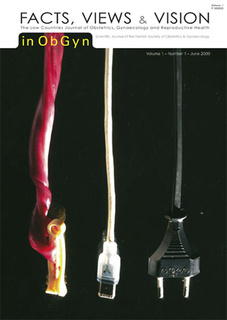Preimplantation genetic diagnosis: design or too much design
PGD, PGS, ICSI, delivery rate, preimplantation genetic diagnosis.
Published online: Dec 31 2009
Abstract
Preimplantation genetic diagnosis (PGD) is a technique that was first applied in humans in 1990 (Handyside et al., 1990; Verlinsky et al., 1990). Thirty years on an estimated 15000 children have been conceived and born using PGD, a number dwarfed by the huge number of children already conceived via conventional in vitro fertilisation. In contrast to numerous reports on reproductive outcome in conventional IVF, data on reproductive outcome of PGD are scarse.
There is ongoing debate about the diagnostic accuracy and clinical relevance of Preimplantation genetic screening for aneuploidy (PGS) (Shahine et al., 2006; Twisk et al., 2006), however well conducted prospective randomized studies are few. In this PhD summary, the author describes the reproductive results of a large PGD program and applies life table analysis with multiple regression analysis and comparative analysis where appropriate. Potential risks of PGD including misdiagnosis, perinatal mortality and monozygotic twinning rate are assessed. The aim is to provide both patients and physicians with adequate information on all reproductive aspects of PGD as a diagnostic and therapeutic tool.



